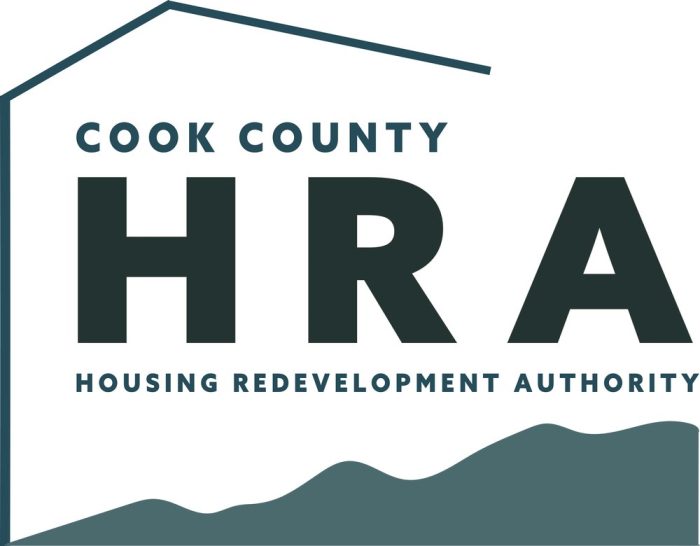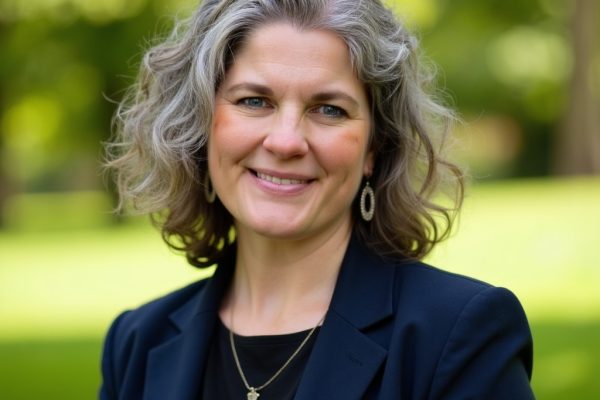HRA director talks project funding and progress
The Cook County Housing Redevelopment Authority (HRA) is already off to a busy year. The board met on Jan. 17 and on the agenda were a collection of updates on funding for several of the group’s projects. In an interview with WTIP, HRA Director Jason Hale talked about those updates and explained the next steps for the developers of The Heights, planning at Cedar Grove, and the HRA’s own efforts to encourage sustainability.
Funding updates
The main funding update was in regard to the Switchback Apartments project. Hale reported to the board that due to unexpectedly high materials and labor costs, and changes in the interest rate, the developers had a budget shortfall of about $750,000. Hale said that many building projects, both in the area and beyond, were in similar budget situations, and when speaking with WTIP, he described it as a “perfect storm.”
The Switchback’s developers are planning on applying for additional bank loans, but will also request funds from the county’s revolving loan fund, according to Hale. On Jan. 16 the EDA also discussed a $200,000 loan for the project, which that board will vote on in March. In addition, the HRA has grant money available that the board plans to offer the developers. Hale said that all parties are committed to keeping the project moving forward.
The remaining funding updates focused on the applications that the HRA is submitting to the Iron Range Resources and Rehabilitation Board (IRRR) for grants. Applications for The Heights and Bjorkberg projects were already parts of the HRAs plan for early 2024, but they have also opted to add a third application. Hale explained that the HRA would also apply for funds on behalf of the developers of the Temperance Trails project in Tofte. He said that while the developers have not asked for additional assistance until now, the estimated infrastructure costs for the project lead the developers to request the help.
According to Hale, the HRA is trying to take full advantage of the current state funding for housing projects, which may not be available in the future. When it comes to having three applications headed to the IRRR this year, Hale said he was hopeful that they could all receive funding. He said, “I feel good about the fact that we have projects to bring them and honestly, if there aren’t other ones that are ready from the other parts of the IRRR region – then heck – like, these ones are ready. Let’s do it. And I feel good about that case. And we’ll just see what the decision makers, if they agree or not.”
Other planning updates
As they wait on a decision from the IRRR on funding, the developers for The Heights are working on the next phase of planning- a five foot height variance request from the city of Grand Marais. The height limit for buildings in the city (not including the downtown area) is 35 ft., which, Hale said, is difficult to achieve for a three story building. He also explained that the current building plan includes underground parking, solar panels on the roof, and nine foot ceiling heights, all of which push the height of the building up to 40 ft.
Hale, who plans to speak in support of the variance request, said that these elements are not required, but they add to the quality of the project. He said, “I’ll put it this way, you could create something that doesn’t feel great, but provides units of housing and you know, it relieves some of the pressure. But you know, when you think about what kind of investment you want long term in the community, you want the better product that you can get.” The five foot height variance for The Heights will come before Grand Marais Planning and Zoning at a meeting on Feb. 7 at 5:15 p.m. at City Hall. It is a public meeting and will also be available for streaming through the city’s YouTube page.
Hale also gave a brief update on the status of the Cedar Grove project, explaining that the HRA and EDA had entered into a Memorandum of Understanding (MOU) to establish a baseline density of units. Through that MOU, the HRA agreed to build at least six units between the two parcels that comprise the project. When he spoke with WTIP, Hale explained that the HRA anticipates that the final project would include more than six units. He said, “Right now the plan is to have definitely more than that. But it’s really just acknowledging the intent here is to get some level of density, but to recognize that the market is going to drive it, who’s willing to build what there, and we don’t want to put ourselves in a corner where we can’t actually adhere to the agreement.”
During the December meeting of the HRA board, Commissioner Chris O’Brien raised questions about how the HRA could encourage project developers to invest in sustainability as part of the building process, and at the January meeting he gave an update to the board on what he and Hale are working on. He told the board that he is working with an engineering firm, exploring how to use computer models to allow developers to compare different energy and building elements for their projects. Hale commented on that effort, saying that the goal is to present both the sustainable technologies, but also what options a developer might have for support and resources should they choose to invest in those technologies. He said, “We just don’t want to leave potentially valuable resources on the table that would help make a better, more sustainable project for the county and the community.”
As the HRA focusses on the planning phase for projects set to break ground this year, Hale said that they are working hard to bring the projects together. He said, “I’m very cautiously optimistic barring something breaking, I guess in the economy. I feel like this could be a really cool year for Cook County.”
WTIP’s Kirsten Wisniewski spoke with HRA Director Jason Hale following the HRA board meeting on Jan. 17. Audio from the interview is below.















